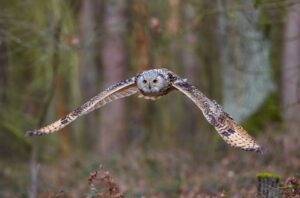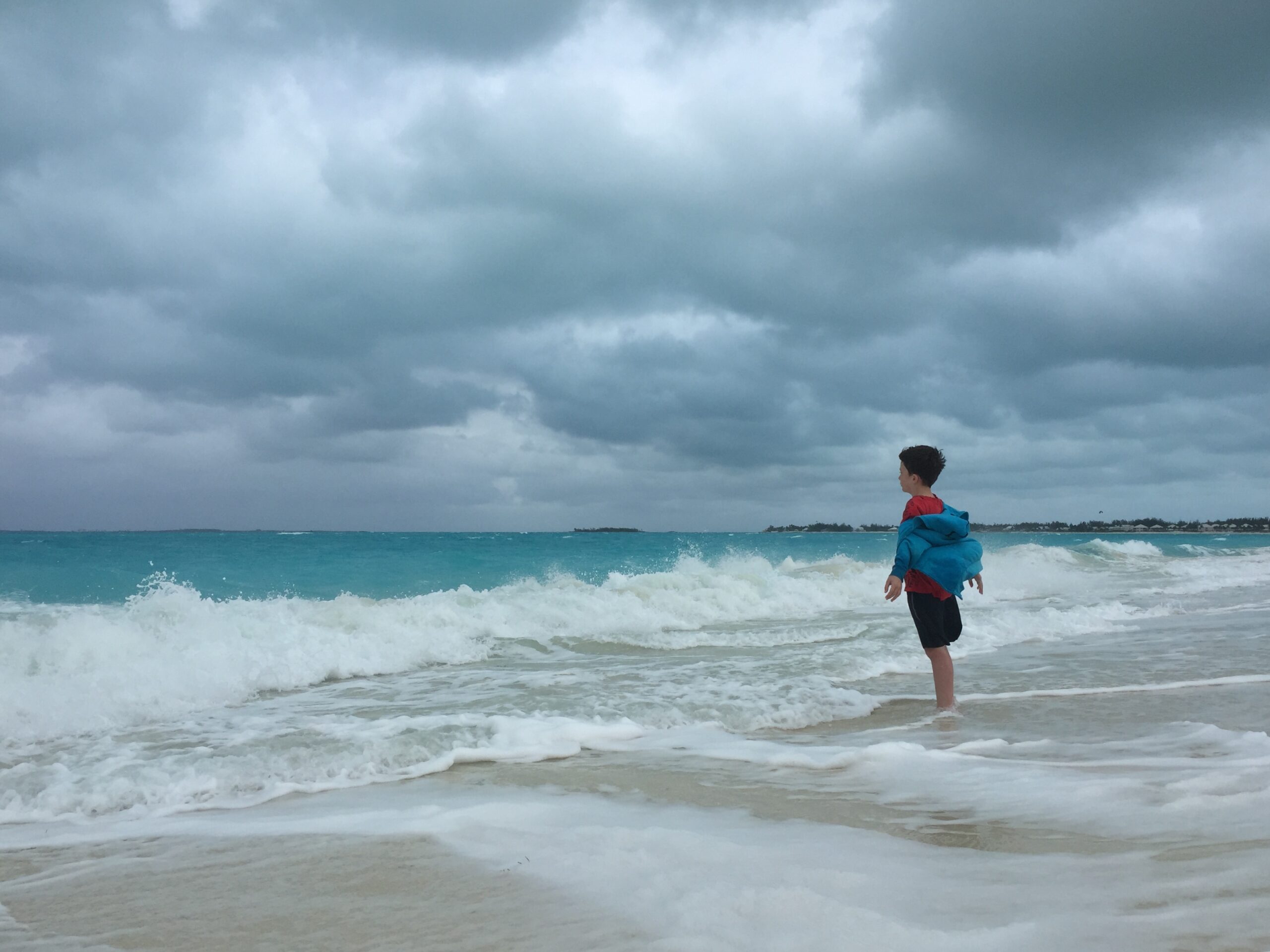
“We have the ability to quite simply alter our state of consciousness for the purpose of gaining knowledge and healing.”
“Through the shamanic journey, we explore and develop relationships with compassionate beings who actually desire to help us. We gain knowledge that is outside of ourselves and allows us to expand our understanding of ourselves and the world around us.”
Why Learn to Journey?
People often ask me to explain what it is exactly that I teach? I am a shamanic practitioner and guest faculty for the Foundation for Shamanic Studies, an organization that has been around since the 1970s and has been teaching people to access “unseen” realms for the purpose of healing and knowledge. What is taught is an individual spiritual experience and not a belief system or religion. One important aspect of the teaching is the practice of journeying to safe realms through the use of a sonic driver, typically a drum beat. The specific drum beat puts people into a theta state which allows one to shift consciousness and access these realms, without the need for hallucinogens. Through the drumbeat, you are able to shamanic journey and seek guidance from compassionate spirits for your health and well-being. The guidance you receive is specifically for you.
As a teacher of journey work, I give clear instructions on how to begin and to travel to the worlds where you only find compassionate spirits. This is not a guided meditation, it is a discipline where you learn to follow specific paths to access the spirits in different realms. Each person chooses a departure point that exists in nature and is known to them. With the instructions of the teacher, each journeyer will follow the path and encounter experiences that are individual. A journey typically takes between 10-15 minutes and is something you can do in any quiet space with the aid of a drumbeat or rattle.
I believe the ability to journey provides us with a vehicle to access fantastic compassionate mentorship. I think mentorship is something that is somewhat of a rare thing in our western society. This practice of seeking knowledge is called divination, it is where we are seeking answers to our questions from the divine realms, accessing practical wisdom from 100 percent compassionate spirits who can see a bigger picture than we do. These are spirits who wish us well and are helping but not interfering. They offer a perspective that goes beyond our present human experience, and their perspective allows us to expand our worldview, living a more interconnected and insightful life.
Catherine Hughes is Shamanic Practitioner and Guest Faculty for the Foundation for Shamanic Studies
Foundation For Shamanic Studies

